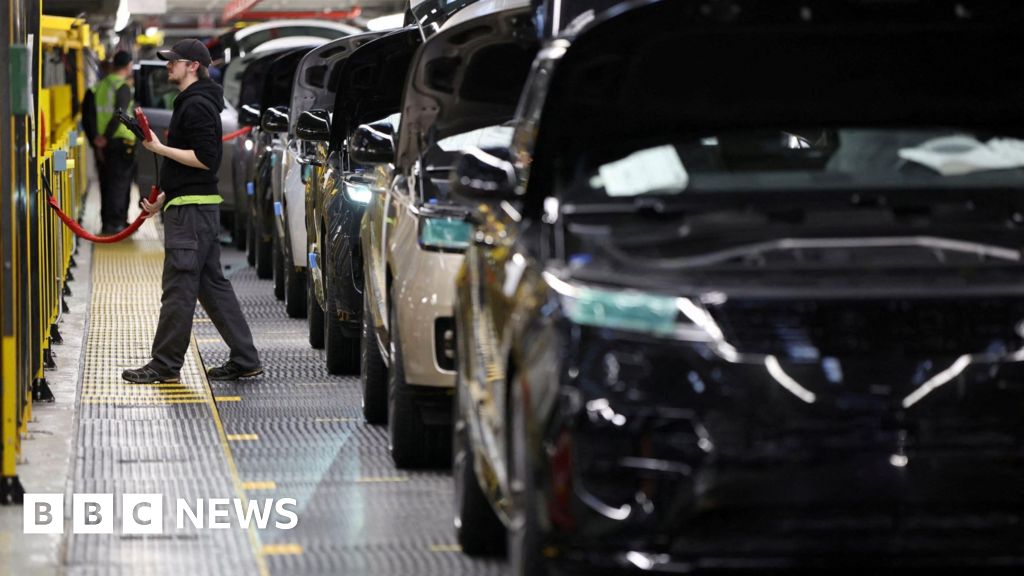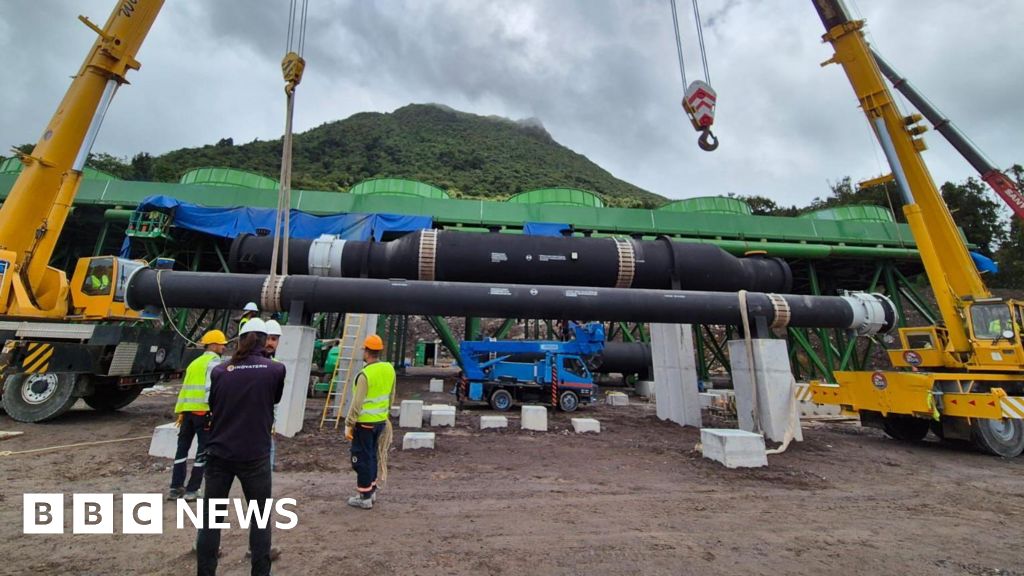ARTICLE AD BOX
 Image source, Cleveland Clinic
Image source, Cleveland Clinic
Surgeons at the Cleveland Clinic are suing magnets to help control their work
By Chris Baraniuk
Technology of Business reporter
The tiny, tweezer-like set of metal jaws was in place. Gently gripping the patient's gall bladder. But the grasping device was not physically connected to anything - it appeared to be levitating inside the person's body.
In reality, the jaws were being controlled remotely by a robot arm wielding a special magnet.
"We could see the critical structures, the blood vessels," says Dr Matthew Kroh of the Cleveland Clinic in Ohio. It wasn't long before he had removed the troublesome gall bladder with the help of his robotic assistant. This was one of two dozen or so similar surgeries he and his team have performed in recent months using their high-tech system.
"It allows us to do a very common operation in a less invasive way," he says, explaining that fewer incisions are now required for procedures such as this. But there are many other emerging applications that also use carefully manufactured magnets.
Permanent magnets, the kind that keep colourful souvenirs stuck to the door of your fridge, might seem a fairly mature, well-established technology. They've been used for centuries, after all. And yet, today, researchers and companies are expending huge efforts on making magnets more powerful and efficient than ever before.
This is because, increasingly, magnets are used in all kinds of ascendant technologies - including EV motors and wind turbines. They are, therefore, crucial for electrification. However, magnets are generally made using rare earth elements, the products of dirty mining operations. And, at present, China massively dominates global permanent magnet production, with more than 90% market share.
Many argue that we need cleaner and more widely distributed magnet manufacturing facilities. The future, they say, depends on it.
"My job is brilliant," says Matthew Swallow, technical product manager for Bunting Magnetics in the UK. "Nobody else, I don't think, gets involved in so many things."
His firm makes magnets that are used in all kinds of systems - from cochlear implants, to emergency brakes on rollercoasters, including at Alton Towers. Bunting Magnetics has even supplied magnets to Nasa.
Image source, Bunting Magnetics
Image caption,Matthew Swallow says magnets have become much more powerful over the past 10 years
Mr Swallow says that, even during the past 10 years or so, the availability of higher grade magnets made with the rare earth element neodymium has improved. For such magnets designed to cope with temperatures up to 200C, a grade of N35 used to be the maximum. But now N52 grade versions are commercially available.
"You can literally make the magnet 60% less massive and get the same level of performance," explains Mr Swallow.
In an electric motor, a magnetic field helps an internal coil to spin. This might be used to drive an axle and turn the wheels of an electric car, for example. Higher grade magnets mean motors that run more efficiently and cars that weigh slightly less overall. The careful addition of a small amount of dysprosium, another rare earth element, is one way to improve a magnet's efficiency.
One reason why China dominates global production of these magnets is financial incentives, says Ross Embleton, senior analyst for metals & mining - rare earths at Wood Mackenzie. Rare earth permanent magnet material is subject to a 13% VAT discount on export from the country, and provincial governments give support on energy costs, for example, which also helps buoy up magnet-making facilities.
"It's a really, really challenging industry to compete in if you're outside of China," says Mr Embleton.
That hasn't stopped some from trying. US firm Niron Magnetics says it has managed to make good quality magnets without rare earths. Instead, they use iron and nitrogen to make iron nitride magnets. This relies on getting the iron nitride to take on a specific crystalline structure, which generates magnetic fields.
Chief executive Jonathan Rowntree declines to explain his company's production techniques in detail, but he says Niron has already produced working magnets. The first of these will be used in speakers.
Magnetic field strength is measured in terms of teslas, and Niron's magnets are currently at one tesla. Mr Rowntree says it should be possible to make significantly more powerful magnets, up to 2.4 teslas, with iron nitride.
Image source, Getty Images
Image caption,Chinese firms dominate the market for permanent magnet production
Alternatively, recycling magnets would also be much better for the environment compared with making new rare earth magnets from scratch.
In the UK, the University of Birmingham has developed a method for extracting rare earth alloys from old electric motors and computer hard drives, for example.
A spin out company, HyProMag, has now successfully extracted rare earths using the technology, and aims to begin commercial production of magnets using such material later this year.
Meanwhile, US firm Noveon Magnetics says it has developed its own method for magnet recycling. When asked about the process, and the grades of magnets produced, chief commercial officer Peter Afiuny declined to go into details, except to say that a small amount of alloy is mixed with recovered material to achieve the desired result. The whole process is about 40% more efficient than traditional virgin magnet production.
It can be difficult to know the quality of an old magnet from a disused consumer electronics device, however, says Mr Embleton. And sometimes magnets are stuck into products with hard epoxy resins, making them tricky to remove.
But gradually, as early generations of EV motors and wind turbines reach the end of their lifespans in the coming years, more magnetic material is expected to become available for recycling.
"There's a bit of a delay there waiting for that material to come back again," says Mr Embleton. Companies have an opportunity to perfect their recycling processes in the meantime.
Niron's targeting of the audio speakers market is interesting, says Nicola Morley at the University of Sheffield. "It means they think they can produce them cheaply - that market has other cheap permanent magnets in it," she explains. Within the last decade, the development of magnet technology has really begun to accelerate, adds Prof Morley.
And Mr Swallow cites other emerging applications that sound quite sci-fi - including magnets mounted on satellites to scoop up space debris orbiting Earth.
Dr Kroh says he is looking forward to even more sophisticated magnets that will make other surgeries less invasive than before. Chest surgery involving the lungs, or endoscopies, for instance, could one day be performed with the help of such technology.
"It's almost limitless," he says. "This is just the beginning."

 1 year ago
121
1 year ago
121








 English (US) ·
English (US) ·